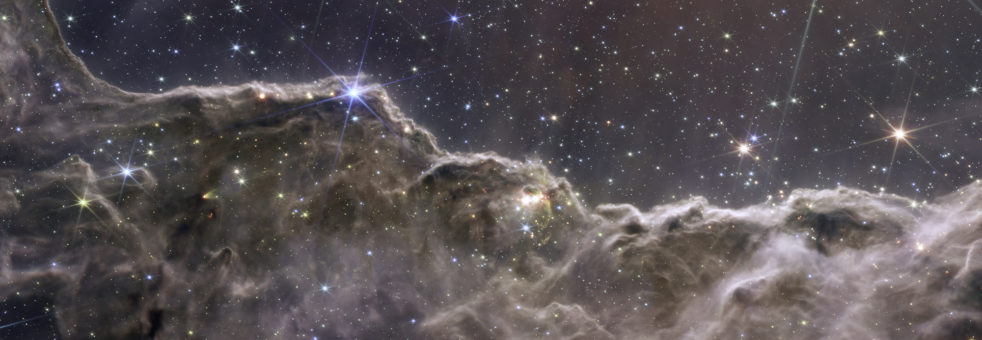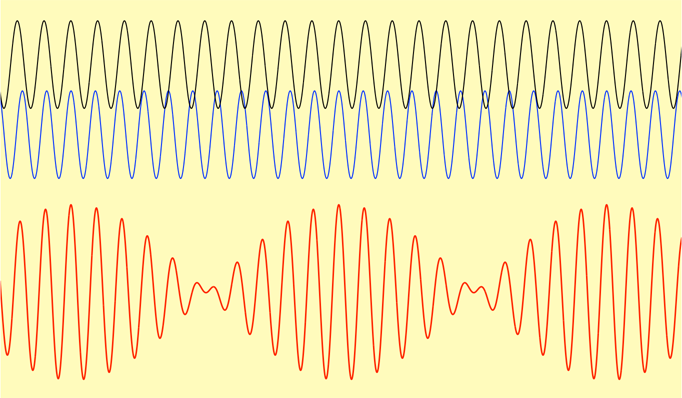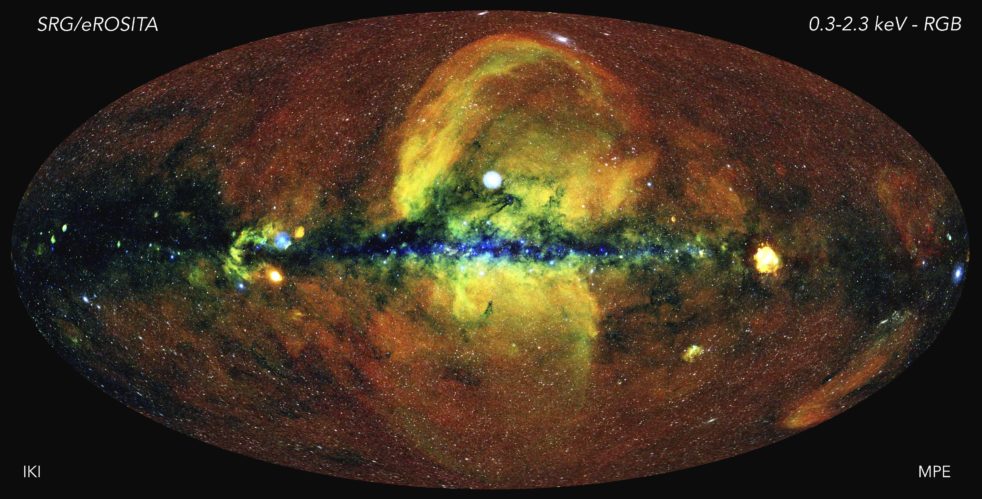Online introductory physics course – The Mechanical Universe
[Communicating science series] The current Caltech Weekly (February 10, 2022) highlighted a vintage video series of lectures for an introductory university physics course. Originally produced in 1985, perhaps this content is covered at the high school (or even earlier) level. While cosmology and physics offer compelling narratives, modern science remains a relatively new way of… Continue reading Online introductory physics course – The Mechanical Universe




